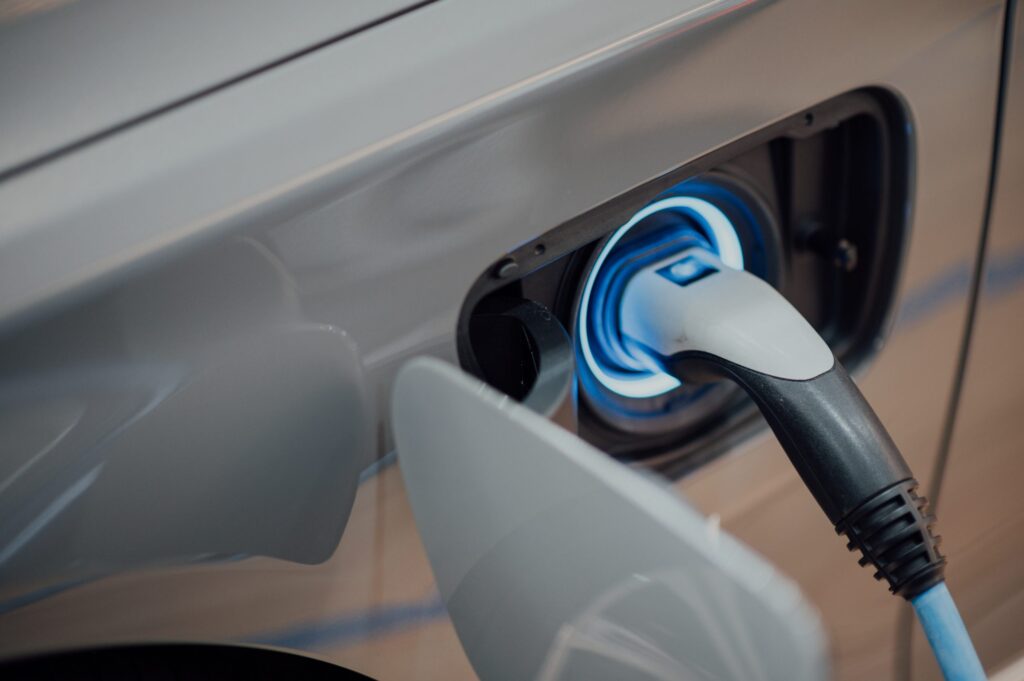The Biden administration has a $7.5 billion plan to expand electric vehicle charging to disadvantaged communities, but it must first overcome a number of roadblocks that have deterred private investment in more fair charging networks. …
The Biden administration has a $7.5 billion plan to expand electric vehicle charging to disadvantaged communities, but it must first overcome a number of roadblocks that have deterred private investment in more fair charging networks.
The experience of California, which has the most electric vehicles and the most advanced charging infrastructure in the country, demonstrates how difficult it will be to meet the goals set forth in Biden’s $1 trillion infrastructure spending proposal. Over the last few years, California has invested more than $2 billion in a variety of EV incentive programs, including policies to promote equitable charger distribution. Since 2012, the state has produced more than $25 billion in revenue from its carbon credits trading program, with a portion of it going to EV and charging projects. Nonetheless, according to a charging gap assessment conducted by the International Council on Clean Transportation, California still lacks more than 40% of the charging infrastructure required to meet predicted EV growth by 2025.
“For charging site hosts, the economics are extremely challenging because of the relatively low adoption of EVs today,” According to John Gartner, senior director of the Center for Sustainable Energy, which manages EV incentive and infrastructure programs for six US states, including California. The level of public support to defray upfront and operational costs, according to Gustavo Occhiuzzo, CEO of California-based electric vehicle charging company EVCS, is important to decisions on expanding his charging network in rural and poor places. However, the majority of private charging companies, such as EVgo, ChargePoint, and Blink Charging Co, have yet to turn a profit. Government support, according to executives at EVgo and ChargePoint, is essential to expand charging to underserved areas and give incentives for business owners or landlords considering installation.
The state of California is increasingly boosting its incentives for underprivileged communities. Low- and middle-income households have applied for a quarter of the state’s EV rebate program so far this year, while approximately a third of financing for a popular state EV charging scheme is intended for disadvantaged neighborhoods.Replicating California’s programs on a nationwide scale will necessitate far more financing than the US government currently has available.
According to Daniel Davenport, senior director of automotive at Capgemini Americas, the US charging network will cost roughly $50 billion to build out. With transportation accounting for the largest proportion of U.S. emissions, getting more Americans to switch to a battery-powered automobile by boosting access to charging infrastructure is a critical component of Biden’s climate change strategy. The bipartisan infrastructure bill, which totals $1 trillion, includes $7.5 billion in charging network expenditures over five years, with a portion set aside for low-income and rural communities.
The government would also use Department of Energy loan programs and other financing instruments, according to a White House official, prioritizing public money for places that would not be supported by private capital alone. To expand charging beyond high-income zip areas, state and federal policymakers face a two-pronged challenge: Many people are currently unable to afford battery-powered automobiles, and a charger that is not used frequently will not recoup its expenditures. The cost of building high-speed charging systems that can recharge a vehicle’s battery in half an hour is around $100,000. Experts believe that they must be utilized at least 20% of the time to be profitable at present rates, driving many charging providers to position them in areas where they are expected to be used more frequently. Less affluent Americans may be able to drive battery-powered automobiles in the future thanks to used EVs.
According to the Edison Electric Institute, investor-owned utilities have approved $3 billion in EV charging infrastructure expenditures in recent years, with California and New York leading the way. A quarter of the monies went to underserved neighborhoods, and equity-based funding schemes are projected to grow in the future years.
Duke Energy has requested state regulators in North Carolina to approve a $56 million electric vehicle program, with $13 million set aside for rural and low-income regions.




